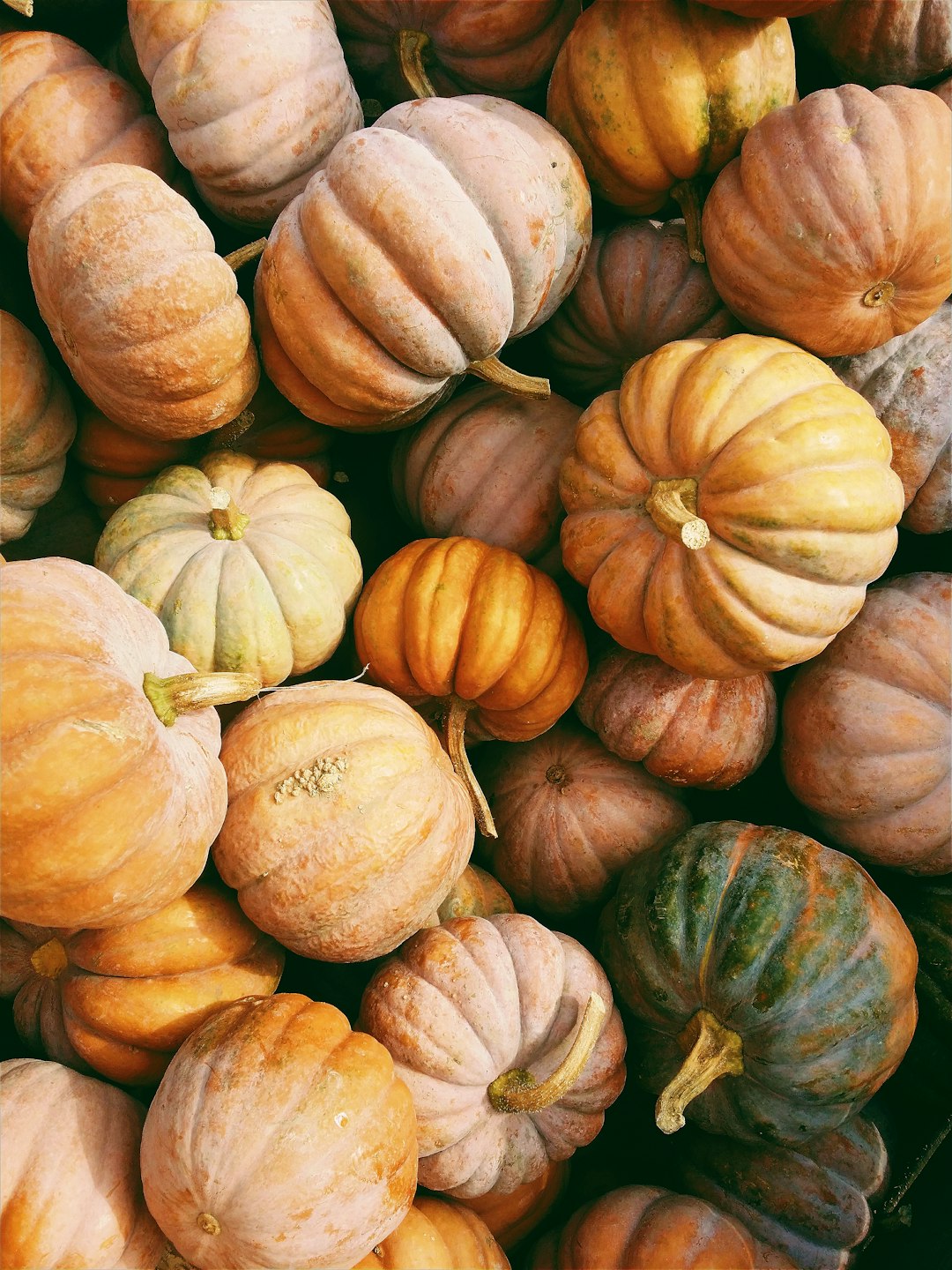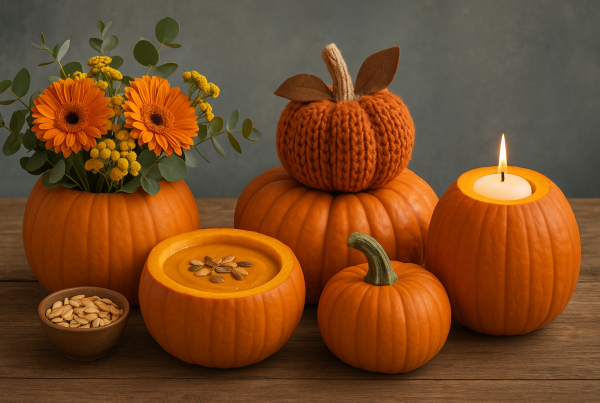Culinary Innovations: Exploring Pumpkin Recipes that Transform Your Kitchen in 2025
As we step into 2025, the humble pumpkin is set to revolutionize our kitchens and dining tables with its multifaceted uses and sustainability benefits. From innovative pumpkin recipes that seamlessly blend into both sweet and savory dishes to its prominent role in health-conscious eating, this versatile gourd is carving out a new niche in culinary trends. Beyond its gastronomic appeal, pumpkins are becoming a symbol of eco-friendly practices, offering countless opportunities for upcycling and sustainable use. Join us on a journey to uncover the myriad ways pumpkins can transform your kitchen and lifestyle, imbuing your culinary creations with a touch of autumn-inspired charm all year round.
Exploring Modern Pumpkin Recipes
Sweet Pumpkin Delights
Pumpkins’ natural sweetness makes them an excellent base for a variety of dessert recipes. Pumpkin pie remains a classic favorite, but there are many other sweet treats worth exploring. Consider pumpkin bread—a moist and flavorful option that’s perfect for breakfast or a snack. For a twist, try pumpkin spice muffins, blending the warm spices of cinnamon and nutmeg with the subtle sweetness of pumpkin. Pumpkin cheesecake offers a creamy, indulgent alternative, combining the rich taste of cream cheese with spiced pumpkin. For a lighter option, pumpkin parfaits are layered with yogurt and granola, making them a healthy dessert choice. These sweet pumpkin delights not only satisfy taste buds but also contribute to sustainable pumpkin use by utilizing every part of this versatile gourd.
Savory Pumpkin Innovations
Pumpkins are not just for pies and sweets—they also shine in savory dishes. One innovative way to incorporate pumpkins into your meals is by making a creamy pumpkin soup. This dish highlights the pumpkin’s natural flavor, complemented by herbs and spices like sage and thyme. Pumpkin risotto offers a hearty, comforting option, perfect for a cozy night in. The pumpkin adds a subtle sweetness that balances well with Parmesan cheese. For a unique twist, try pumpkin tacos with black beans and avocado, offering a delicious fusion of flavors and textures. Roasted pumpkin slices make for a delightful side dish, seasoned simply with olive oil, salt, and pepper. These savory pumpkin innovations not only elevate your cooking but also promote sustainable pumpkin use by embracing this seasonal ingredient throughout the year.
Sustainable Pumpkin Practices
Eco-Friendly Pumpkin Projects
After the festivities of Halloween, many pumpkins find themselves discarded, but they hold significant potential for eco-friendly projects. Start by composting pumpkins, which enriches your garden soil with valuable nutrients. Carved pumpkins can also act as planters for fall flowers or succulents, adding a touch of seasonal charm to your outdoor space. For a creative indoor project, transform pumpkin shells into bird feeders—simply clean and fill them with seeds to attract local wildlife. Another sustainable idea is to use pumpkins in natural dyeing, where their skins can produce unique colors for fabrics. These eco-friendly pumpkin projects not only help reduce waste but also promote a sustainable lifestyle by maximizing the use of pumpkins beyond the kitchen.
Upcycling Festive Pumpkins
Upcycling festive pumpkins is a creative way to extend their life beyond traditional decorations. One popular method is to turn them into decorative candle holders. By carving out a space for candles in smaller pumpkins, you can create a warm, ambient glow for your home. Larger pumpkins can be transformed into charming centerpieces by hollowing them out and using them as vases for fresh flowers or dried arrangements. Another inventive approach is to convert pumpkin seeds into jewelry or art pieces, painting and threading them for a personal touch. This not only ensures sustainable pumpkin use but also adds a unique flair to your decor. Finally, consider making pumpkin puree from uncarved pumpkins to incorporate into various recipes, reducing waste and enhancing your culinary repertoire. By upcycling festive pumpkins, you contribute to eco-friendly practices and celebrate the versatility of this beloved autumn symbol.
Pumpkins in Health-Conscious Diets
Nutritional Benefits of Pumpkins
Pumpkins are a powerhouse of nutrition, making them an excellent addition to health-conscious diets. They are rich in vitamins A and C, which are essential for maintaining good vision and a strong immune system. The vibrant orange color of pumpkins is due to beta-carotene, a potent antioxidant that helps protect the body against free radicals. Pumpkins are also a good source of dietary fiber, which aids in digestion and can help maintain healthy cholesterol and blood sugar levels. Additionally, they are low in calories, making pumpkin recipes a smart choice for those looking to manage their weight. The seeds, often overlooked, are packed with protein, healthy fats, and essential minerals like magnesium and zinc. Incorporating pumpkins into your diet not only enhances flavor but also supports overall wellness, highlighting their role in sustainable pumpkin use and promoting a balanced lifestyle.
Incorporating Pumpkins Year-Round
Incorporating pumpkins into your diet year-round is easier than you might think, and it brings both flavor and nutrition to your meals. Start by stocking up on canned pumpkin puree, which is a versatile ingredient for soups, sauces, and baked goods. Pumpkin can be added to smoothies for a creamy texture and a dose of nutrients. Consider using pumpkin in savory dishes like pasta sauces or curries, where it adds a subtle sweetness and depth of flavor. Frozen pumpkin chunks are also a great option, maintaining their nutritional benefits while being convenient for soups and stews. Don’t forget about pumpkin seeds, which can be roasted and used as a topping for salads or yogurt. By creatively using pumpkins throughout the year, you embrace sustainable pumpkin use and ensure a steady intake of their health-boosting properties, making it a staple in health-conscious diets.








